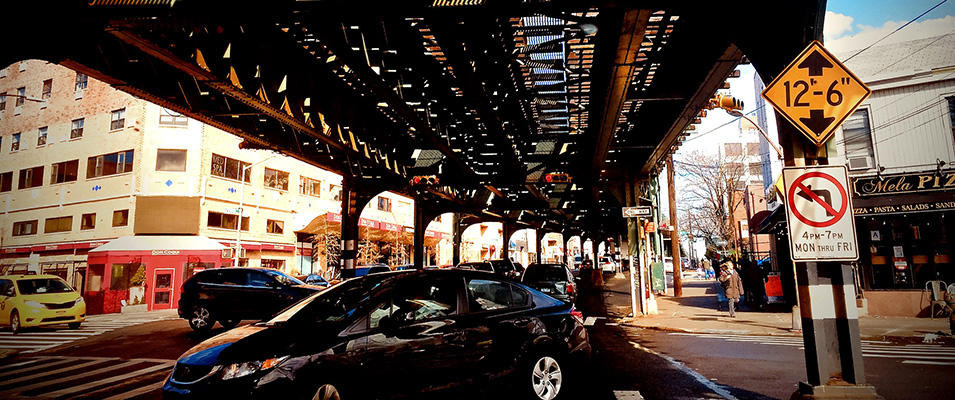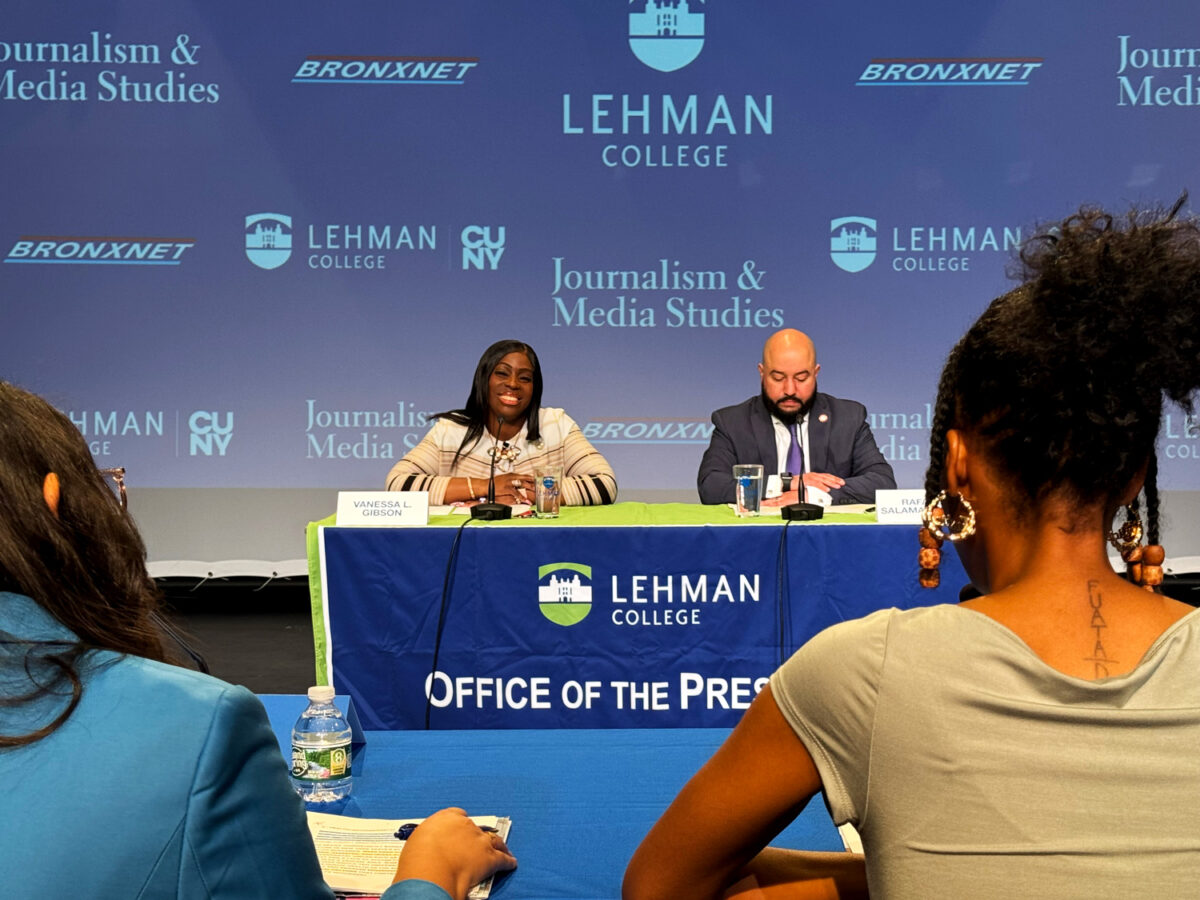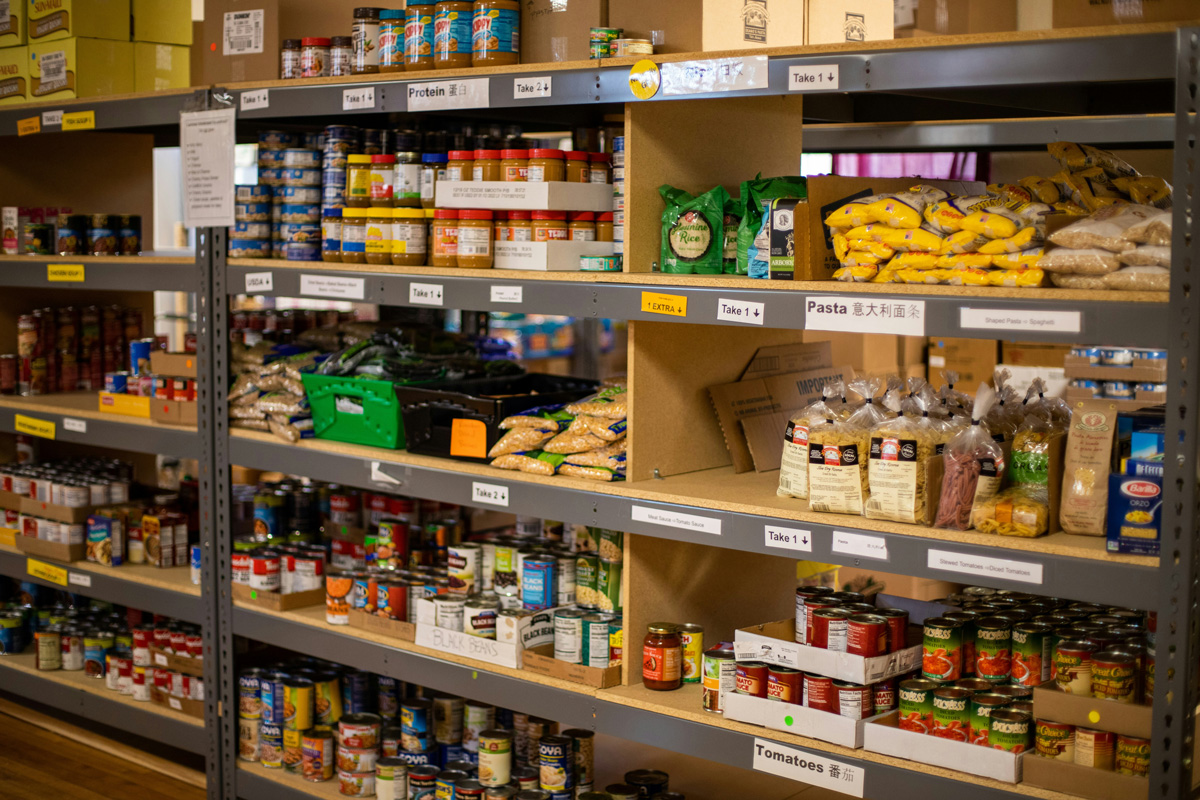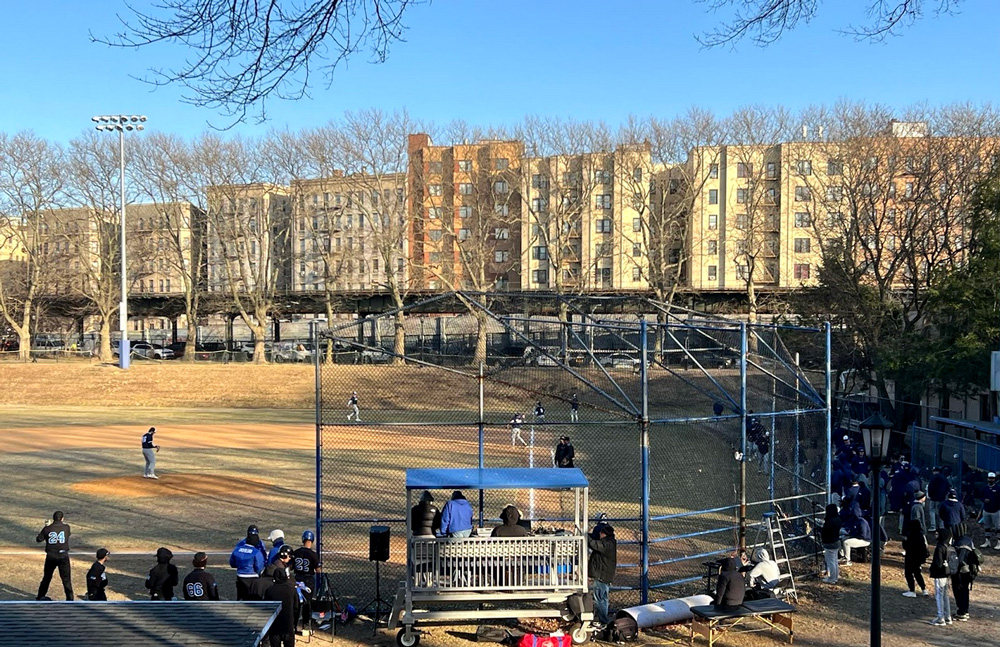(Josue Armando Serrano)
By Gisela Cazar
Corona resident Miriam Gualpa, 32, believes she was infected by the coronavirus at her job. “Everyone in my job got it,” says Gualpa, a secretary at a local printing shop in Queens. “I stopped working because of the quarantine and two days later I began feeling symptoms.”
Queens has been hit hard by COVID-19, with over 52,000 cases as of May 4. There are 28 neighborhoods with 889-2510 cases, according to data from the New York City Health Department. Elmhurst, zip code 11373, Corona, 11368, and other nearby neighborhoods have the highest number of positive cases. In Elmhurst, the epicenter of the virus, 74 percent of those tested were positive for COVID-19.
There are several factors that may explain why these areas are the epicenter of the virus in the city. Elmhurst Hospital, located in the heart of Queens, is surrounded by a diverse community. The populations in Elmhurst and Corona are 51 percent Latino, according to Census data. Over 60 percent of residents were born outside the United States and 51 percent have limited English proficiency.
Elmhurst Hospital is considered the closest hospital to neighborhoods such as Woodside, Sunnyside, Astoria, Long Island City, and Maspeth. Emergency calls would be taken to Elmhurst Hospital, which was the case during this pandemic, which brought more exposure of COVID-19 to those who live in Elmhurst and Corona.
Gualpa said the virus slowly infected her entire office. Two of her co-workers were coughing, but said they thought it was a regular cold. Two days later, says Gualpa, she was sick and would be sick for about more than two weeks. “I texted my co-workers to check in on them and one of the two that were coughing was in coma at Elmhurst,” says Gualpa. “The other coworker that was not sick, which was his brother, tested positive for COVID-19 after going to Elmhurst to take his brother in for major symptoms. I couldn’t believe it.”
Raul Ramirez, 53, a co-worker of Gualpa, lost his battle to COVID-19 at Elmhurst Hospital. “I was completely scared,” said Gualpa. “There were so many cases in my area that I didn’t even feel safe going out in my neighborhood, let alone to Elmhurst Hospital.” Instead she stayed quarantined for 14 days and felt much better after.
Gualpa, along with many others, feel symptoms but do not get tested due to the fear of either being exposed to it if they don’t already have it or exposing others if they do. Julie Pino, a NYU nurse manager, began working at Elmhurst Hospital the first week of April due to COVID-19. “I could only imagine the number of positive cases there are in New York City, of people that have not been tested or treated because of the fear there is towards hospitals,” said Pino. “I work in a place of full exposure to this deadly virus and along with many others I, too, fear for my life just coming to Elmhurst because it’s the epicenter of it all.”
The number and rate of infections are much higher in Queens than nearby Manhattan. However, the Bronx has the highest rate of infection, with 2,649 cases per 100,000 people, Staten Island has the second highest with 2,421 cases per 100,000 people and Queens has the third highest with 2,115. Manhattan has the lowest number of positive cases per 100,000 people with a rate of 1,124 and with a count of 20,363 positive cases. As for Queens, it has a count of 30,665 positive cases more than Manhattan. One zip code in the Bronx which has been the most impacted is 10467, with 57 percent of positive COVID-19 tests.








Evelyn | May 7, 2020
|
Dark, unprecedented times, prime sources depict the awful reality Queens is living through. Journalist conveyed the effect of this treacherous virus eloquently.